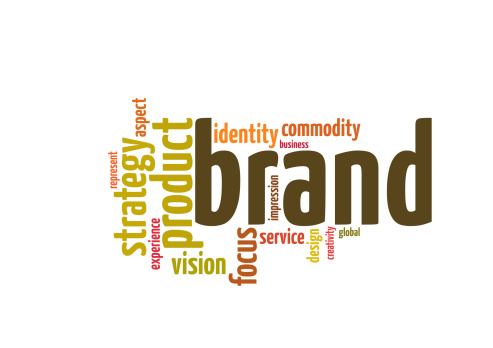By Katherine Johnson
It has to be said that a good logo or business card will instantly draw the attention of potential from customers. As a start-up company, you need to consider how you want to be seen. Using professional logos, designs, packaging, and advertising will help you stand out from the beginning, helping you get the customers you want. Here are three ways you can better identify yourself through branding.
Your Logo: Easy to Identify
A logo is absolutely critical to the success of your business. The logo is the basis for everything you’ll do, from branded display units to signs or even business cards. A well-designed logo is necessary. It needs to be easy to recognize and instantly remind customers of who you are.
Your logo should be completely unique. Don’t use the same font or design as another company; you could be making it more difficult for customers to identify you as an individual business. Use consistent fonts. You should use no more than two fonts, realistically, if you want your logo to look consistent and well-designed. The font you use can also represent your business so make it relevant.
Your logo also needs to work visually at different sizes. You will need to consider where it will be used; printed documents such as brochures; website banners; business cards.
Once Your Logo Is Finished: Create your Business Card
Your business card is the next step after you have a solid logo. Your logo should be on the card and be the largest aspect of it, drawing attention to the symbol as well as your company name. On your business card make sure the font of your text is large enough to be read. If customers have to struggle to read the card, they may not use it. Use easy-to-read colours. Black on white, white on black, brown on white; all of these combinations are easy to read and easy on the eyes.
Be sure to include your name, phone number, email, website, address, and any other contact information you have. If you offer services by appointment, include the appointment time on the back of the card; this makes customers keep and reference your business card.
Once you have your business card you should consider any office documents you may produce such as invoices, staff handbooks and any marketing materials.
Branding: Physical branding
Next, you will need to focus on the physical branding of your business. Depending on what product or service you offer this could be your office reception space or your store. If you are a start-up clothing store within the retail sector, you will need to consider your physical branding.
You want customers to associate products with you and your brand, not with the others. Particularly if you are stocking garments that are not your own.
- Make sure your company logo and name is the largest on the display.
- Make displays visually appealing. At the base of each row next to pricing or identifying information, remember to add your company name. Repeating your company’s name a few times on the display.
- If you make your own products, use labels or stickers that stay on the product and have your company’s logo and name. If you sell t-shirts, for instance, the logo on the woven label should bare your company brand. Likewise with any packaging, bags, swing tags. This is the time to get your brand noticed.
By establishing your branding in your company early on, customers will begin to identify you. You can add a touch of personality to your brand once you have established your brand attributes and vision. This will create brand awareness and customer loyalty.
Katherine Johnson is a brand specialist for GB labels who specialize in garment branding, woven labels and garment trims. She advises start-ups and small businesses.







